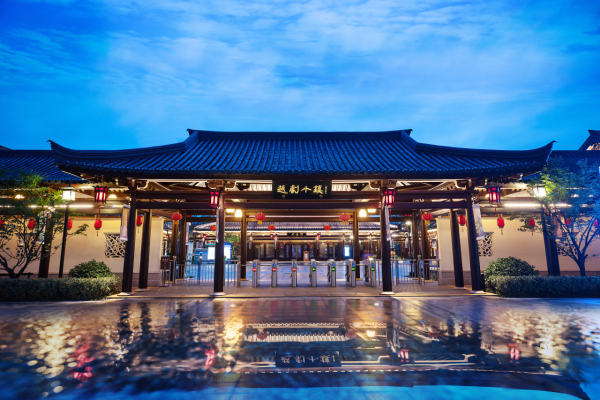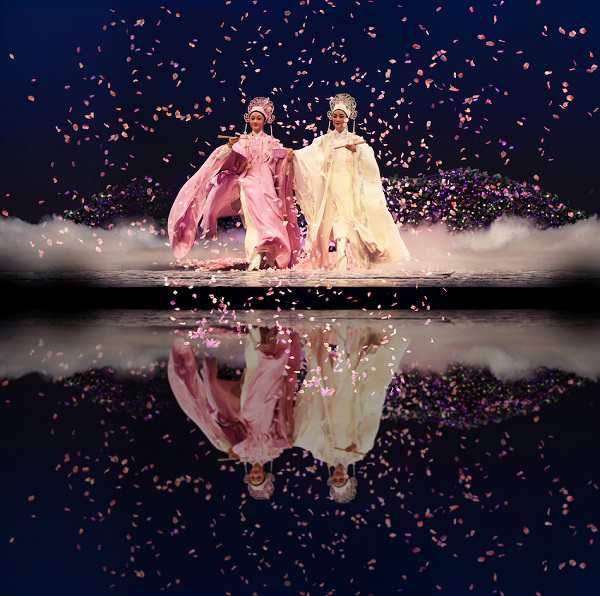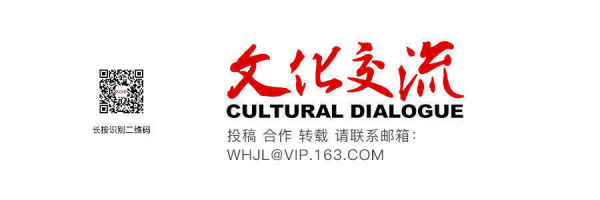
Originating in Shengzhou, Shaoxing city, Yueju opera (or Shaoxing opera) was originally a local opera of Zhejiang province. It boasts of a refined style with sincere performance and melodious singing, which in the past century has won over the hearts of theater lovers both in China and from abroad. Indeed, Yueju opera become a “golden card” not only for Shengzhou city, but for Zhejiang as well.
Where does its glamor all come from?
At the east of Zhejiang province lies a small city, surrounded by mountains. Now known as Shengzhou city, in ancient times it was called Shanxian county, where a creek called Shan was meandering through, and was then changed to Shengxian county in North Song (960-1127). Throughout history, men of letters who admired its natural beauty, including Wang Xizhi (303-361), Xie Lingyun (385-433), Li Bai (701-762), Du Fu (712-770), Zhu Xi (1130-1200) and Lu You (1125-1210), to name just a few, had frequented the place, leaving behind memorable calligraphies and poems.
During the Wei and Jin dynasties (220-420), Shanxian county was heavily influenced by Buddhism. Folk culture focused on Buddhism flourished in various forms, such as temples fairs, Buddhist music, and ballads, which were hummed by villagers wherever they went.
Yet music alone was not enough, especially for those who were more cultured. In middle and late Qing dynasty (1616-1911), some villagers began to match made-up lyrics to music when they felt like singing in the fields. Among them, a man called Jin Qibing created a tune known as sigong hediao that combined folk songs, Buddhist chanting, and gongchepu, a traditional Chinese musical notation. This came to the aid of some local singers particularly in tough times when disasters like floods and droughts struck, to which Shengxian county was no stranger. Led by Jin, they went door-to-door to sing for richer families, who would give them food in return. As they grew in number, some left Shengxian county for more prosperous places like Hangzhou, Jiaxing, and Huzhou. An artist named Jin Zhitang even made it to the tea house, bringing the new art form to the stage. Although at the time it had been technically improved and thus better received, this artistic tune was more about form—the “flesh” was still lacking. Imperfect as it was, it laid the groundwork for further development of Yueju opera.
In 1906, around the Tomb Sweeping Day, some singers returned home to pay respect to their ancestors. After the ceremony, they gathered in front of the ancestral hall and shared anecdotes about how they role-played while singing stories. Fellow villagers were captivated, “Why don’t you guys try this role-play thing with opera?” And they did.
A few days later, on March 27 to be more precise, the very first troupe of Yueju opera was formally established. Wearing borrowed clothes as costumes and colored powders as makeup, these opera singers performed on a makeshift stage—four rice buckets topped by a door plank, backed by nothing but drum clapper. Despite everything, folks loved the performance of the Small Singing Troupe (Xiaogeban), often finding themselves enchanted by the down-to-earth story telling. Soon it went viral: over 200 troupes came into being overnight (all of which had only male singers initially), and gradually went beyond Shengzhou to play in Shanghai, Hangzhou, Ningbo, and Shaoxing cities. In 1917, an artist called Yuan Shengmu bravely led his troupe into Shanghai; three years later, a theater specially dedicated to Yueju opera was built, marking the beginning of its glorious journey.
The year 1923 was a significant turning point for Yueju opera—the first all-female troupe appeared. It was initiated by a businessman named Wang Jinshui, who wanted to establish his own female troupe back in Shengxian county after seeing how popular the Peking opera actresses were in Shanghai. Wang enrolled more than 50 girls into his troupe, and hired an established Yueju opera master by the name of Jin Rongshui to mentor them. Since then, Yueju opera has put on a new look that is soft, tender, and graceful.
However, Shengxian county could no longer accommodate the increasing female troupes. By 1938, the center for Yueju opera began to move from Zhejiang to Shanghai, where female troupes were gradually replacing their male counterparts. By the year of 1941, there were as many as 36 female troupes in Shanghai.
In 1938, Yao Shuijuan, known as the “Queen of Yueju Opera”, was among the first to reform the Yueju opera. She invited Fan Dimin, a former reporter with Ta Kung Pao, to write a new script for Miss Hua Mulan’s Military Legend. From then on, full-time scriptwriters for Yueju opera started to appear. By September 1942, Yueju opera had been fully adapted to the urban cultural settings, gradually moved away from rural areas for the past four years.
In October 1942, Yuan Xuefen, another Yueju opera diva, began her reform in a different way. Together with some cultural experts, she established a holistic system encompassing script-writing, directing, acting, sounding, and stage art, and created a new tune called chidiao, ushering in the so-called New Yueju Opera stage. The staging of Wife of Xiang Lin, an adaptation of Lu Xun’s novel New Year Sacrifice, is regarded as a milestone for this period.
In 1947, Memory of My Country was put on as a benefit performance by ten Yueju opera divas, an all-time sensation in Shanghai and a feat to remember in history. The media highly praised those brave young women—Yuan Xuefen, Yin Guifang, Fan Ruijuan, Fu Quanxiang, Xu Yulan, Zhu Shuizhao, Xiao Dangui, Zhang Guifeng, Xu Tianhong, Wu Xiaolou—as “Ten Sisters of Yueju Opera”. From then on, Yueju opera was recognized collectively as a distinctive opera.
It was under the leadership of the Party that Yueju opera gained national popularity. Over 20 provinces and cites set up their own Yueju opera troupes, and altogether there were 200 across the country, when Yueju opera was at its prime. Meanwhile, new plays mushroomed, artists were eager to get up on stage, and different schools of singing style began to form. Among the most influential schools of singing style were Yuan, Wang, and Qi. Established by Yuan Xuefen, Yuan School is characterized by its natural and truthful performance, while Wang School is good at subdued, lingering emotions, and Qi Yaxian, the founder of Qi School, was an iconic mezzo-soprano and alto.
Not only did Yueju opera stand out for its uniqueness in more than 360 kinds of local operas in China, it also shined on the international stage. In 1954, Premier Zhou Enlai took Butterfly Lovers: A Tale of the Chinese Romeo and Juliet to Geneva, putting the Yueju opera under the global spotlight. Later on, thanks to the Reform and Opening-Up, Yueju opera bloomed again: the phenomenal Xiaobaihua Yueju Opera Troupes enjoyed success not only in Hangzhou, Shaoxing, and Shanghai, but all over China. Today, young talents keep emerging, giving Yueju opera renewed vitality.
Shengzhou is blessed to have Yueju opera, just as Yueju opera is blessed to be nurtured by its beautiful hometown. For years, the Shengzhou government’s strong commitments have underpinned the inheritance and innovative development of Yueju opera. Thanks to both official and popular support, the century-old melodies of Yueju opera are expected to be sung for generations to come.

